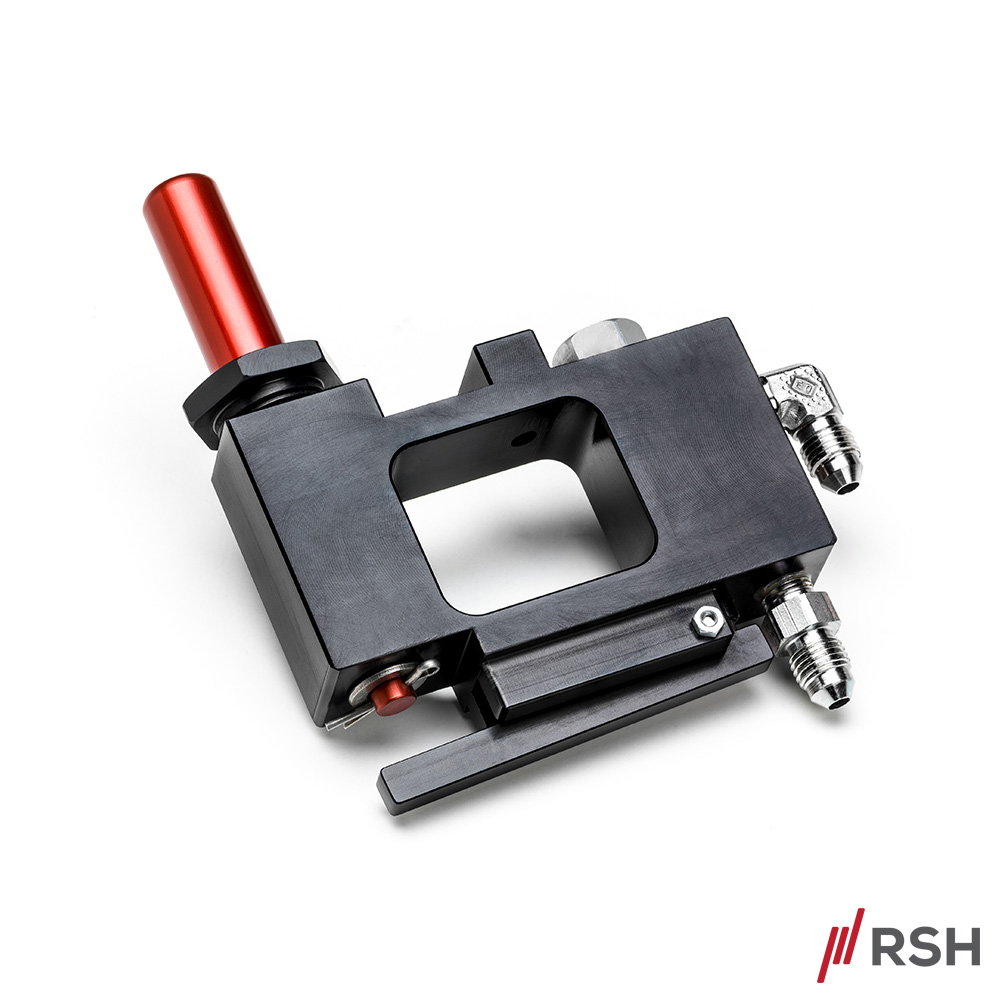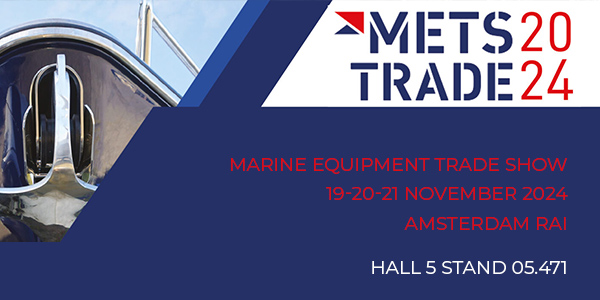
31 Jul Hydraulics : Elegant Muscle part 5
By Steve Loutrel
System safety checks
Hydraulic system pose certain hazards. Don’t attempt to inspect a system that is under high pressure, and never use your finger to check for leaks. Leaks can be dangerous; even minute jets of hydraulic fluid can puncture the skin, causing serious injury. In an emergence, seek immediate medical aid. Where hydraulic lines run near bunks and through overheads, shielding should be installed. Hydraulic leaks can pose a fire hazard; hoses and connections should be routed well away from hot surfaces, such as exhaust manifolds.
Never disassemble a cylinder by yourself; the nitrogen or air-pressure charge in a boomvang cylinder, for example, will launch the rod if the cap is loosened. While service of hydraulic systems should be left to authorized dealers, the user should check the oil level in the fluid reservoir and inspect the hardware several times a year. Look for crevice corrosion in stainless-steel tubes, corrosion around cylinder fittings, signs of over-flexing, over-pressure, and abrasion in hoses or tubes, and general indication of fatigue caused by vibration. Check the smoothness of the cylinder rods when fully extended; any scoring, nicks, dents, or scratches may damage the seals or cause fluid leakage. Squeals, groaning noises, and shaking when releasing pressure are normal-a sign that the high-friction seals, designed to hold high loads for long periods, are doing their job.
Be especially cautious when inspecting or using hydraulic equipment that has suffered long-term neglect or corrosion. Hydraulic systems are engineered with a healthy safety factor, but as with all highly loaded equipment, the components must be installed and serviced properly.
Options
For boomvangs, hydraulic cylinders are pressurized with air or nitrogen gas; when hydraulic pressure is released, the compressed gas or air pushes the piston back out. This enables the vang to support the boom when you’re furling or reefing the mainsail. In light air the cylinder also lifts the boom, easing the mainsail leech. For instant, emergency boomvang release, “panic buttons” can be mounted in multiple locations.
For cruisers heading off on offshore passages, a mechanical lock cylinder allows the pressure on the backstay cylinder to be released while still maintaining tension. (Because the tension is held mechanically rather than hydraulically, there is no relief-valve protection from sudden overloads.)
Hydraulic motors have been employed in bow thrusters and anchor wind-lasses. More recent development with hydraulics include keel-canting packages, pressure relief-guarded outhauls on in-mast furling mainsails, and systems that open stern doors and anchor lockers and deploy boarding ladders and gangplanks.
Stephen “Steve” Loutrel is Consultant in Naval Architecture and Mechanical Engineer
Director of engineering in Navtec and Lewmar-Navtec from 1976 to 2009





